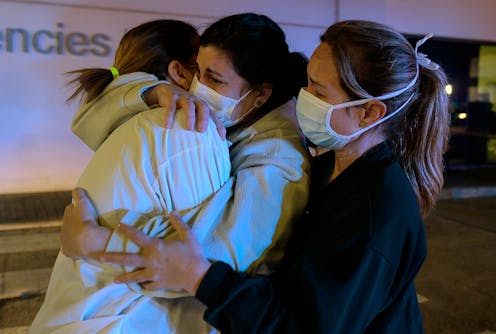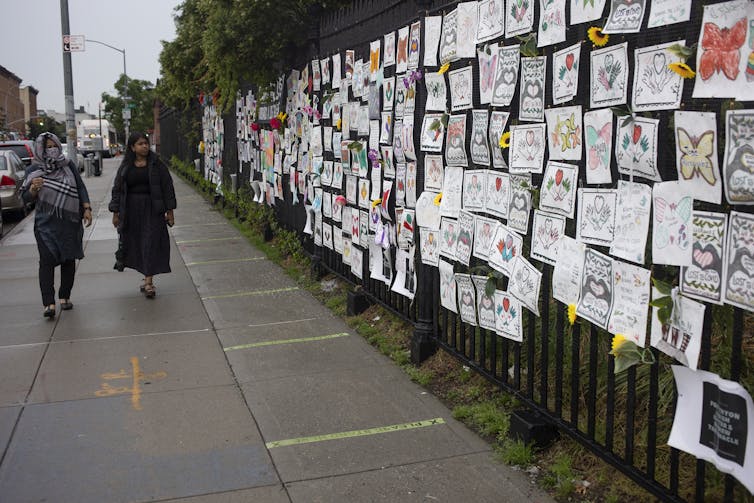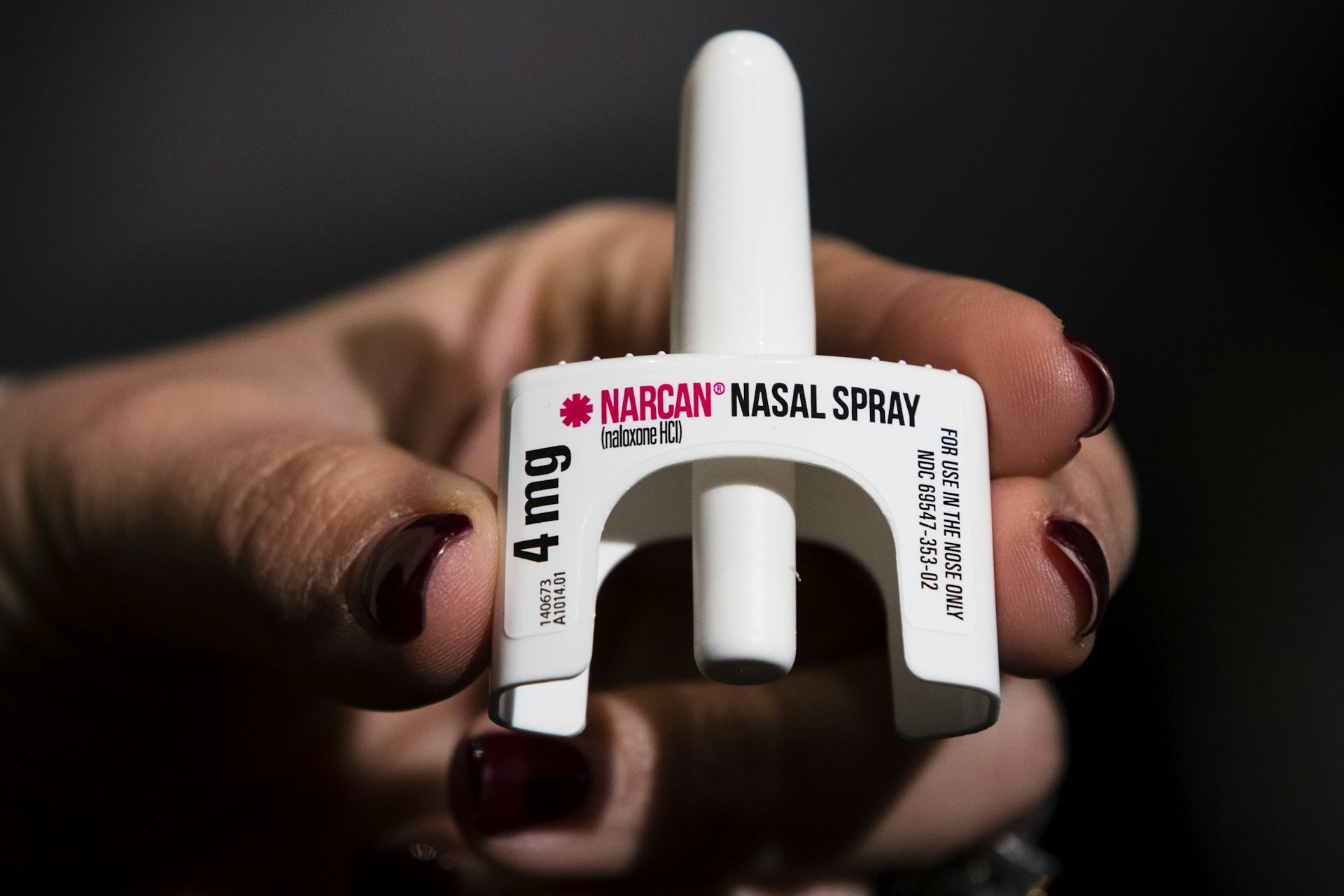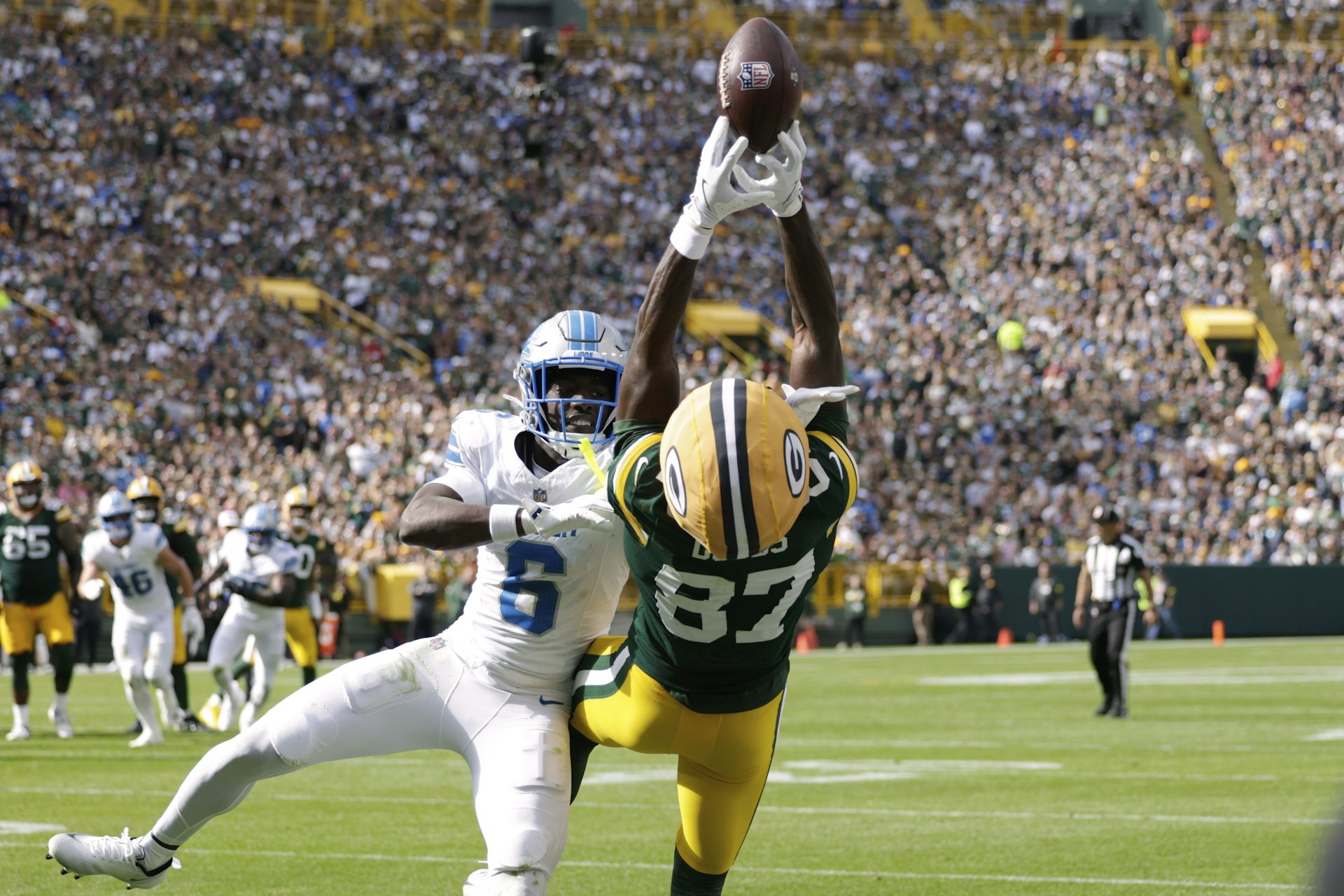Joy and grief will coexist as Americans return to pre-pandemic life – 'everyday memorials' will help
Many people are starting to celebrate the return to a pre-pandemic life. How does that feel to those who have suffered losses and are still grieving?

After more than 17 months of pandemic restrictions, Americans find themselves at an awkward cultural divide. As psychologist Adam Grant wrote in a New York Times article, some of us feel a true whoosh of joy at the first hug, maskless kiss and happy reunion. Many of us are shaking off post-pandemic blues by dining out, partying and grasping at every opportunity to reconnect with those family and friends that we missed for so long.
On the other side of the divide are the people who are still sick, recovering from their illness or mourning. For the millions who lost loved ones, as nursing scholars Paul T. Clements, Laurel Garzon and Tammi F. Milliken have written – unexpected pandemic deaths resulted in an “overwhelming sense of helplessness, self-blame, and a seemingly perpetual chaotic bereavement process.”
Many survivors might feel that helplessness partially because of their inability to mourn and celebrate the lives of those lost surrounded by family and friends, what scholar Kenneth Doka calls “disenfranchised grief.” The pandemic meant that a dramatically increased number of people went from hearing wives, husbands, children and friends cough to receiving a call that the person had died. They did not get to hold hands at the hospital, have mourning hours with visitors and family, or stand above the grave as the body was lowered into the ground. It was for many a sudden, traumatic stop.
As a scholar of commemoration and mourning practices, I argue that as many Americans start returning to life as it was before the pandemic, both groups – those still grieving and those wanting to celebrate – will have the opportunity to find happiness in this time, if in very different ways.
Joy in being together
Those people who are not in the throes of grief may feel some hesitancy and some survivor’s guilt. Still, as a study of COVID-19 survivors in China found, most people are likely to be able to quickly move beyond the emotional pain of the illness, illustrating the remarkable capacity of humans to recover. This study found that those survivors who received family and social support moved steadily from negative to positive emotional responses.
This relates to what Grant in his New York Times article says, drawing on the pioneering work of sociologist Emile Durkheim, on “collective effervescence.” Collective effervescence, as Grant describes, is “the sense of energy and harmony people feel when they come together in a group around a shared purpose.” Sociologists have found that being together produces “peak happiness” where people laugh more compared to when they were alone. Moving beyond the isolation of the pandemic offers many of us the opportunity to experience such collective effervescence.
The millions still in grief will also find some happiness in memorial services, family gatherings and other venues for reconnecting and remembering. As scholars Stacey Pitsillides and Jayne Wallace have shown, social media already has videos and home altars mourning pandemic deaths. For some people, the sadness of such events will be accompanied with joy, all at the same time.
As I know, the celebrants may feel guilt when they are joyful. A few weeks after my wife passed away of a stroke in 2007, I found myself laughing with friends. I went home that night and cried. I felt I had betrayed the love her death took from me.
One reason we laugh, then cry, is, as British sociologist Tony Walter noted in his 1994 book “The Revival of Death,” that unlike the Victorian-era mourners, who had a very clear set of instructions, the bereaved today have to depend on their own sense of what is right and proper. In the 19th century, the role of each family member, friend and relation was clearly defined. Famously, as Walter recalls for us, widows wore black and only black for a set period after the death of their spouse, as an example.
Now, rituals have fallen away, and individuals are on their own to define their ways of mourning. As Walter states, now “only individuals can determine how they want to die or grieve.” This produces the opportunity for innovation in mourning and commemoration, such as through social media memorials. But the lack of clear societal rules can sow confusion and anxiety when a pandemic rapidly and dramatically challenges traditional rituals.
Future of remembering

Families today have more options to connect than they may have had during the 1918 deadly influenza pandemic. Artists and civic officials have already begun the process of remembering. In Washington, D.C., flags were planted representing the dead and, in Detroit, photograph panels were placed along a park roadside. Such “everyday memorials,” as I call them in my book, “Is the Cemetery Dead?,” will help people transition from the depths of the pandemic to the reopened society by offering ways for them to mourn and remember.
Already, some people have constructed everyday memorials in their own homes. And there are those who are rushing to tattoo parlors to get memorial tattoos of relatives and friends lost to COVID-19.
These public and private ceremonies and memorials will keep the pandemic closer to many of us even as they allow many of us a space to contemplate our losses.
The devastation of the 1918 influenza pandemic rapidly disappeared into history 100 years ago, leaving almost no public traces. Today, as we struggle with conflicts over celebrating and mourning, we may find something similar happens. Or, as scholar Erika Doss suggests in her book, we may find alternative ways to remember as we begin living again.
[Explore the intersection of faith, politics, arts and culture. Sign up for This Week in Religion.]
David Sloane does not work for, consult, own shares in or receive funding from any company or organisation that would benefit from this article, and has disclosed no relevant affiliations beyond their academic appointment.
Read These Next
As US hunger rises, Trump administration’s ‘efficiency’ goals cause massive food waste
Despite the administration’s claim of streamlining the government to make its operations more efficient,…
A year on, the Israeli-Lebanese ceasefire looks increasingly fragile − could a return to cyclical vi
Since the start of the truce on Nov. 27, 2024, there have been thousands of Israeli violations inside…
How does Narcan work? Mapping how it reverses opioid overdose can provide a molecular blueprint for
Naloxone can reverse an overdose in minutes, but exactly how it does this at the molecular level has…





